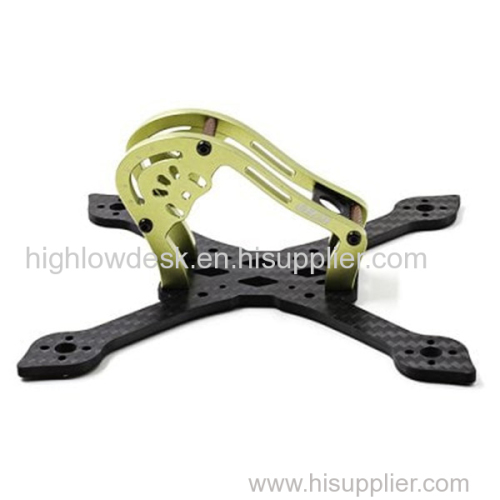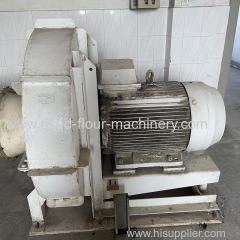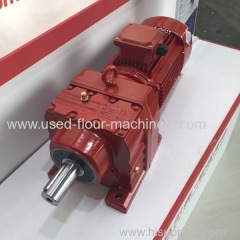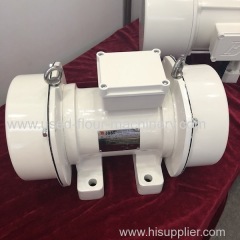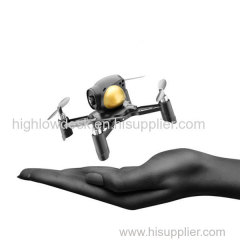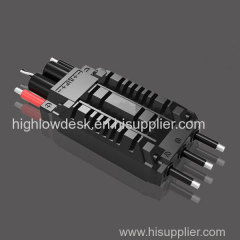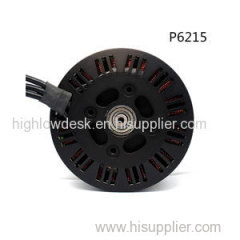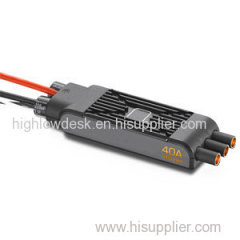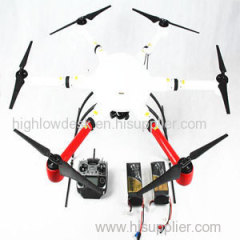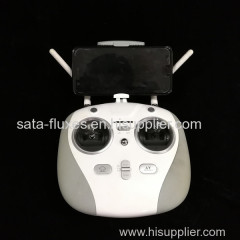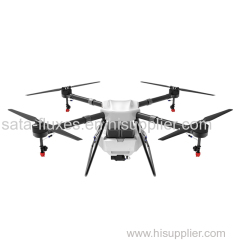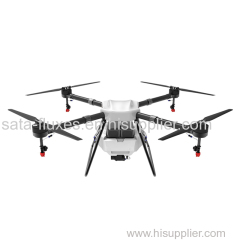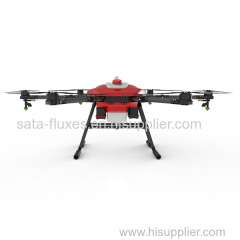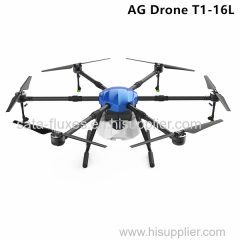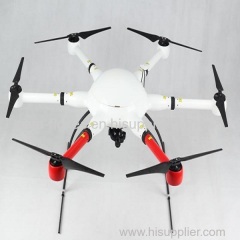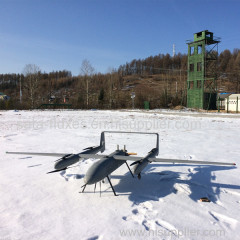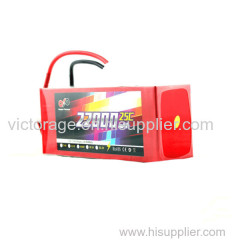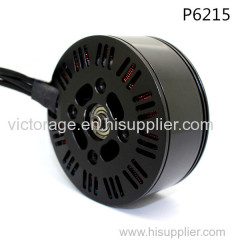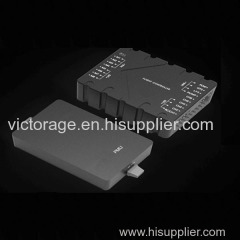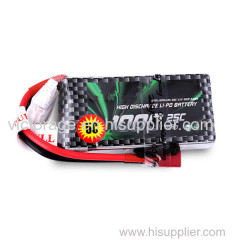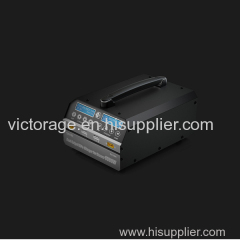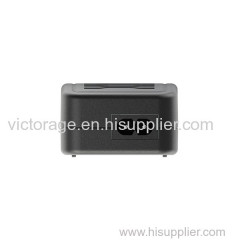
|
Shenzhen TitanFlying Technology Co., Ltd
|
The 5 Main Areas of Custom Drone Parts
| Price: | 100.0 USD |
| Payment Terms: | T/T |
| Place of Origin: | Guangdong, China (Mainland) |
|
|
|
| Add to My Favorites | |
| HiSupplier Escrow |
Product Detail
Mini Drone - Best Little Drone
FX mini pocket drone is the social drone that makes you interact with your friends and take aerial snapshots.
The 5 Main Areas of Custom Drone Parts
Once you've decided on the type of DIY drone you want to build (e.g. quadcopter, hexacopter, etc.), you'll have to learn about the 5 areas of DIY drone construction, which are:
Mechanics, Propulsion, Flight Controllers, Sensors, Video
Diy Quadcopter Kit: Mechanics
First, you'll want to familiarize yourself with the types of drones that you can build. Carbon fiber frames, this material may be a more cost-effective option for your first drone especially in the event that you don't quite master construction the first time around and/or accidentally crash it.
DIY Quadcopter Kit: Propulsion
Propulsion is what drives your drone or UAV. One of the most important features to consider for this area, are the propeller blades. Drone builders have the option of selecting fixed or folding blades; folding blades can make storage easier, especially if you're short on space.
Another important component is the ESC or "Electronic Speed Controller." This device controls the speed at which your UAV motor rotates and connects the battery, motor, and flight controller.
Next, you'll want to consider a power source. A Lithium Polymer battery is the most common battery used for DIY drones, but there are a lot of other options. You'll also need a Power Distribution board or cable to split the power to the devices connected to your UAV.
DIY Drone: Flight Controllers
There are many components that can be integrated into DIY drone controls. The most important are: a base station, a transmitter, and a flight controller. A control station can be used instead of or with a handheld transmitter. A transmitter is a device that sends some signal or multiple signals to your receiver. Generally, a base station will include a transmitter, antennae, a video receiver, a monitor, battery, and other devices.
The flight controller is the "main brain" of your UAV. Like a computer, it processes all the incoming/outgoing data and signals. Depending on how sophisticated your flight controller is, it may have GPS, a barometer, compass, and more.
DIY Drone: Sensors
Depending on your budget and your experience constructing DIY drones, there are a wide variety of sensors you can incorporate into your custom aircraft such as a(an):
Accelerometer: a device that lets you know about your DIY drone's orientation with respect to the ground.
Barometer: a device that measures pressure and provides important information about the altitude you're flying in.
Compass: a device that provides you with North, South, East, West information.
GPS: a positioning system that uses satellites to pick up your drone's location.
Altimeter: a device that gives you information about your drone's altitude. Since federal regulations prohibit drones flying above 400′, an altimeter may be a useful tool to help you avoid legal penalties.
DIY Drones: Video
If you're not interested in aerial photography or cinematography, you don't have to add a video component to your DIY drone. Some people are more interested in flying; for these people, not including video will help reduce the cost of building their first DIY drones.
However, for the people who want to take photos and capture aerial scenes, they have several video options available.
FPV or "First Person View" is a video option where a camera is mounted to a drone and a pilot can see a live video feed displayed on a monitor, smartphone, or virtual reality glasses.
Another option is incorporating a gimbal camera, which many people use to take stills and video of themselves in motion.
Depending on your experience and skill set, you may be able to experiment and successfully implement different photography and video devices. Using a little craft and ingenuity, you can integrate a wide variety of digital video cameras, LCDs, or OCDs to your do-it-yourself drone.
Drone Frame
Drone Frame

